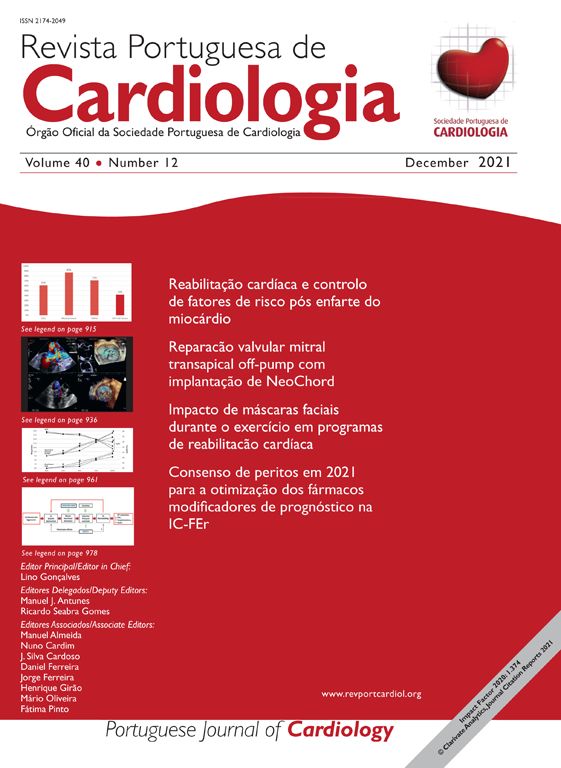Coronary microvascular dysfunction (CMD) is at center stage due to its role across the spectrum of cardiovascular diseases, for which it is a determining factor in different clinical phenotypes. The most important example of these conditions is angina with non-obstructive coronary artery disease, but CMD can underlie other conditions including obstructive coronary artery disease, nonischemic cardiomyopathies, takotsubo syndrome and heart failure with preserved ejection fraction (HFpEF).1 HFpEF has recently come to be seen as a systemic multiorgan inflammatory and microvascular disease that is not limited to the myocardium. Angina is the most common symptom of myocardial ischemia, affecting more than 100 million individuals worldwide, but around 40% of patients undergoing invasive assessment of coronary anatomy have normal or nearly normal (<50% stenosis) coronary arteries.2 Although the main pathophysiological mechanisms of CMD – its endotypes – have been identified, and despite progress in diagnostic modalities such as continuous thermodilution and the impact of novel therapeutic approaches based on recent clinical studies, there are concerns about the cardiovascular risk, high morbidity and impaired quality of life of patients with CMD and the associated burden of health resource use.
Two types of amyloid fibrils infiltrate the cardiac interstitium in cardiac amyloidosis (CA): immunoglobulin, which causes light chain amyloidosis; and transthyretin, causing transthyretin amyloidosis (ATTR). ATTR occurs due to the dissociation of wild-type or variant tetramers into monomers which misfold, ultimately forming extracellular amyloid deposits in peripheral nerves, the heart and other organs.3 A multistep screening methodology based on clinical, biological and transthoracic echocardiography (TTE) red flags, like the method used to avoid the inclusion of patients with CA in HFpEF trials, could be translated into clinical practice as a tool to improve diagnostic accuracy. Clinical red flags include ECG signs, carpel tunnel syndrome, macroglossia, and peripheral neuropathy. Biological red flags are mild increases in troponin levels and unexpected increases in brain natriuretic levels, while TTE red flags include hypertrophic phenotype and reduction in global longitudinal strain (GLS) with apical sparing (‘cherry-on-top’ pattern).4
There is now a robust body of evidence in the literature demonstrating that patients with systemic amyloidosis can present angina before the typical clinical picture of diffuse multiorgan compromise. Recent data suggest that subtle abnormalities of microvascular function in CA indicate a prehypertrophic phenotype. This finding could be of value in the predetectable storage phase of the disease and also in early therapeutic management.
Let us recap the case report by Morgado et al.,5 in which a 64-year-old male patient had a history of bilateral carpel tunnel syndrome, an unremarkable rest echocardiogram, and an indisputable diagnosis of primary microvascular angina. One question remains open about this case. Was it really an unremarkable echocardiogram? Don’t forget the red flags – the clinical setting and, in this case, the subtle changes in GLS and diastolic velocities.
Conflicts of interestThe author has no conflicts of interest to declare.





